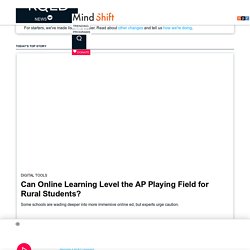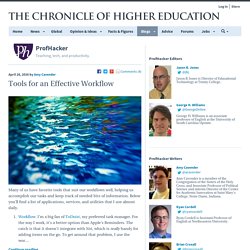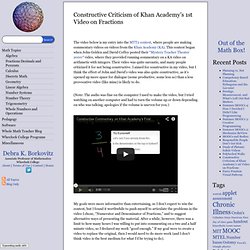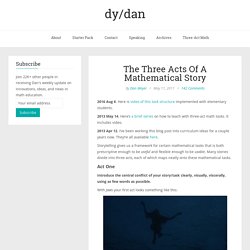

A global network of people using mobile technology for social impact. How we will learn. MindShift explores the future of learning in all its dimensions.

We examine how learning is being impacted by technology, discoveries about how the brain works, poverty and inequities, social and emotional practices, assessments, digital games, design thinking and music, among many other topics. We look at how learning is evolving in the classroom and beyond.We also revisit old ideas that have come full circle in the era of the over scheduled child, such as unschooling, tinkering, playing in the woods, mindfulness, inquiry-based learning and student motivation. We report on shifts in how educators practice their craft as they apply innovative ideas to help students learn, while meeting the rigorous demands of their standards and curriculum.
MindShift has a unique audience of educators, tinkerers, policy makers and life-long learners who engage in meaningful dialogue with one another on our sites. Contact the us by email. HASTAC. 21st Century Learning - Teaching the teachers. Hybrid Pedagogy: A Digital Journal of Teaching & Technology. ProfHacker. Many of us have favorite tools that suit our workflows well, helping us accomplish our tasks and keep track of needed bits of information.

Below you’ll find a list of applications, services, and utilities that I use almost daily. Workflow. I’m a big fan of ToDoist, my preferred task manager. For the way I work, it’s a better option than Apple’s Reminders. The catch is that it doesn’t integrate with Siri, which is really handy for adding items on the go. I know I know. Let’s backtrack a minute. A few weeks ago, coincidentally during Day of DH 2016, it was brought to my attention that Voyant, a web-based text analysis tool, had upgraded to Version 2.0.
This has been a popular tool with ProfHackers (I’ve written about using it as has Brian), and the new version is a great improvement. A cleaner, crisper appearance better cross-platform and mobile device support (all tools in HTML5, no Flash or Java Applets) advanced search capabilities, including wil… I was involved in multiple ways. Swissmiss. Shock the System. Spigot. Constructive Criticism of Khan Academy's 1st Fraction Video. The video below is my entry into the MTT2 contest, where people are making commentary videos on videos from the Khan Academy (KA).

This contest began when John Golden and David Coffey posted their “Mystery Teacher Theater 2000″ video, where they provided running commentary on a KA video on arithmetic with integers. Their video was quite sarcastic, and many people criticized it for not being constructive. I aimed for constructive in my video, but I think the effect of John and David’s video was also quite constructive, as it’s opened up more space for dialogue (some productive, some less so) than a less provocative video (like mine) is likely to do.
(Note: The audio was fine on the computer I used to make the video, but I tried watching on another computer and had to turn the volume up or down depending on who was talking; apologies if the volume is uneven for you.) My conclusion: students have trouble with fractions because they’re hard. Dy/dan » Search Results » LOA. Sam Shah’s been writing a lot of thoughtful material about calculus instruction lately, including this piece on related rates.

He includes a worksheet with that post and two items struck me. One, this is a pretty charming illustration of a rocketship climbing into space. Two, it asks students to climb down, not up, the ladder […] Once you see the ladder of abstraction you can’t unsee it. Family Feud is a game show that’s played on the ladder. The Three Acts Of A Mathematical Story. 2016 Aug 6.

Here is video of this task structure implemented with elementary students. 2013 May 14. Here’s a brief series on how to teach with three-act math tasks. It includes video. 2013 Apr 12. Doing What Works - Home. Edshelf. K-12 Education & Learning Innovations with Proven Strategies that Work. Learning Theories. Professor Seymour Papert. What is Logo? "Logo is the name for a philosophy of education and a continually evolving family of programming languages that aid in its realization.

" - Harold Abelson Apple Logo, 1982 This statement sums up two fundamental aspects of Logo and puts them in the proper order. The Logo programming environments that have been developed over the past 28 years are rooted in constructivist educational philosophy, and are designed to support constructive learning. Constructivism views knowledge as being created by learners in their own minds through interaction with other people and the world around them. This theory is most closely associated with Jean Piaget, the Swiss psychologist, who spent decades studying and documenting the learning processes of young children.
In the Beginning In the mid 1960s Seymour Papert, a mathematician who had been working with Piaget in Geneva, came to the United States where he co-founded the MIT Artificial Intelligence Laboratory with Marvin Minsky. Out Into the World. Internet Time Blog : Diane Ravitch Website. Learning Concept Map.